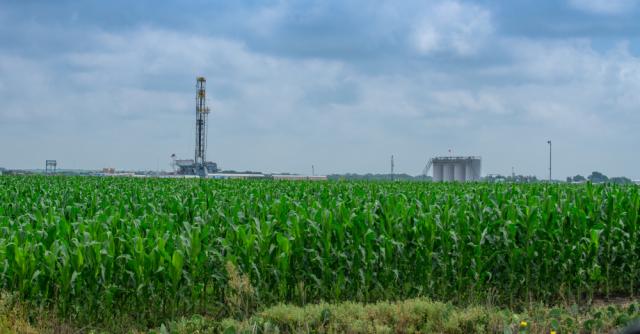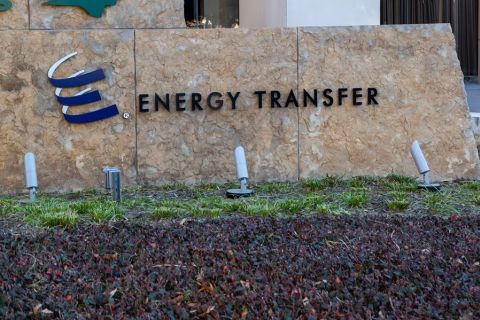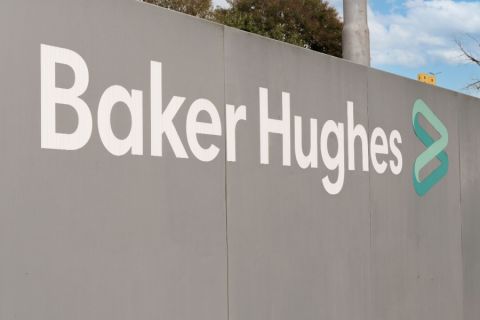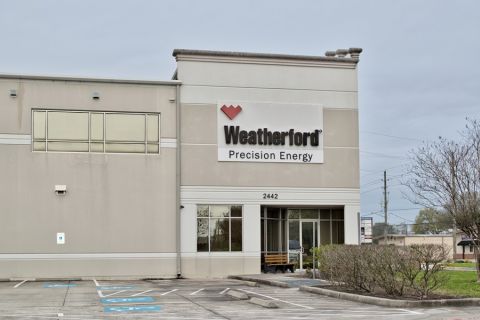
SM Energy aims for 100 net completions in the Midland and 18 net completions in the Eagle Ford this year. (Source: Shutterstock)
Having revamped its portfolio in the last few years, purchasing $2.6 billion worth of Permian Basin assets and selling about $2.5 billion elsewhere, SM Energy Co. is focused on proving up inventory and testing new intervals, the company’s CEO said June 10.
“Most of what we do is in the Wolfcamp intervals but we just tested a Middle Spraberry well that looks great,” SM Energy CEO Jay Ottoson said during the Stifel 2019 Cross Sector Insight Conference.
The Denver-based company reported in May that its first Middle Spraberry test in the Midland sub-basin’s RockStar area reached a 30-day peak IP rate of about 1,000 barrels of oil equivalent per day (boe/d) at 86% oil.
Speaking to attendees of the conference, which was webcast, Ottoson also highlighted an attractive well in the Wolfcamp D, an interval the company believes is highly perspective across most of its acreage, and the Dean interval. “We continue to test additional intervals on existing acreage,” aiming to keep inventory levels high, he said.
The company has at least 12 years of inventory each in the Midland and the Eagle Ford.
Shale producers like SM Energy are working to meet cash flow objectives amid continued investor wariness and a stock price beatdown. Investors are challenging oil and gas companies to keep up financial discipline and make shareholder returns a priority while managing growth.
Generally, small-cap companies, a group in which SM Energy is a part, have “gotten beat up pretty badly in the oil and gas space,” Ottoson said. But the situation will improve as companies operate within cash flow and start to reduce leverage.
With an enterprise value of more than $4 billion and production of about 125,000 boe/d, SM Energy plans to spend just over $1 billion this year. That’s down 20% from 2018.
Since its portfolio transformation, which included the 2016 acquisition of 35,700 acres in West Texas’ Howard and Martin counties for about $1.6 billion, the company has been working to pay down debt associated with acquisitions. “We’ve been outspending cash flow,” Ottoson said. “Our forecast is that we’ll be within cash flow, starting to grow within our own cash flow, starting in the third quarter or the second half of this year.”
Permian, South Texas Focus
The company’s position has grown to about 245,000 acres combined in the Permian Basin and Eagle Ford. “Nobody questions the assets that we’re operating,” he said.
SM Energy aims for 100 net completions in the Midland and 18 net completions in the Eagle Ford this year. The company also has high hopes for the Austin Chalk, which Ottoson described the company’s acreage in the play as “very liquids-rich” compared to its underlying, historically gassy Eagle Ford acreage.
The last Austin Chalk well drilled by SM IP’d at about 3,200 bbl/d, he said. “As we make more liquid-rich wells it really improves our margins in that play.”
The presence of multiple benches in the Austin Chalk could prove beneficial, but only the lower bench has been tested. An upper bench test is forthcoming.
“In general, the Upper Eagle Ford wells aren’t as productive as the lowers. So, if you look at our current development plan we started moving away from drilling the uppers,” he added, noting drilling in the next couple of years will target the Lower Eagle Ford and Chalk.
Most of the wells SM Energy have drilled in the Maverick Basin are in the central part of the company’s acreage.
“The next one we’re drilling is farther north and we have a Chalk well we’ll be drilling to the east later this year as well,” he said. “The great thing about the Chalk here is that it’s clearly got significantly higher liquids portion in it than the upper Eagle and potential. Productivity looks really good.”
The company is running two rigs in South Texas and six in the Midland.
“We can drill as many wells now with six rigs that we used to drill with nine. So, you know, the efficiencies continue,” Ottoson said, referring to the Midland. Well costs have fallen about 10% as work on completion optimization continues.
M&A, Consolidation
Given current inventory levels and potential upside, the company doesn’t need any acquisitions at this point, he added.
“We’re an exploration company fundamentally. Buying big things is kind of out of character for us,” he said. “We did it a couple of years ago because we really needed to retool the portfolio quickly when prices dropped but our general mode is to explore for oil and gas. That’s what we do.”
Asked whether he could see SM Energy as a Permian Basin pure play, Ottoson said “it could happen. I’m not in favor of or against diversity. It’s really just about quality locations to drill.”
But for SM, it would mean selling some economic inventory in the Eagle Ford.
“There might be a good reason to do that at some point but I think you have to think real hard about [it],” he said, pointing out economic inventory would have to be replaced. “We’re not at the point yet in terms of proving up our Eagle Ford acreage and we’re just getting into the Chalk and proving up some really great wells there. I don't think the timing is right right now for us to really think about that.”
Ottoson also shared thoughts on consolidation in general among small E&Ps. Calling corporate M&A difficult at or near the bottom of a cycle, he said most of the time consolidation is driven by synergies associated with acreage overlap or areas where improvements can be made. But most small-cap companies don’t have much overlapping acreage, he said. Talk may turn to ways to lower G&A costs, but bank fees delay savings.
“There just is not a lot of push to do what I would consider to be that kind of merger of equals type stuff here at the bottom,” Ottoson said. “Everybody, I think, is waiting for a better time to go do something.”
When M&A occurs, it’s usually the big companies buying the mid-caps, he added.
“But in a really small space most of what you see is people hunker down and we try to make our way through that,” he said. “I think that’s going to be continuing.”
Velda Addison can be reached at vaddison@hartenergy.com.
Recommended Reading
Talos Energy Expands Leadership Team After $1.29B QuarterNorth Deal
2024-04-25 - Talos Energy President and CEO Tim Duncan said the company has expanded its leadership team as the company integrates its QuarterNorth Energy acquisition.
Energy Transfer Ups Quarterly Cash Distribution
2024-04-25 - Energy Transfer will increase its dividend by about 3%.
ProPetro Ups Share Repurchases by $100MM
2024-04-25 - ProPetro Holding Corp. is increasing its share repurchase program to a total of $200 million of common shares.
Baker Hughes Hikes Quarterly Dividend
2024-04-25 - Baker Hughes Co. increased its quarterly dividend by 11% year-over-year.
Weatherford M&A Efforts Focused on Integration, Not Scale
2024-04-25 - Services company Weatherford International executives are focused on making deals that, regardless of size or scale, can be integrated into the business, President and CEO Girish Saligram said.






